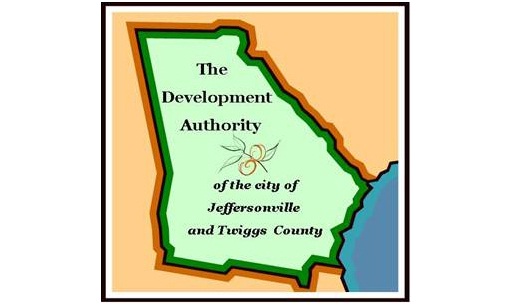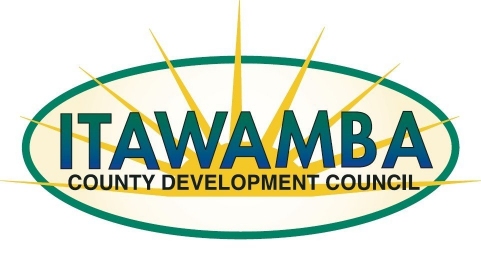- HOME
- U.S. BUSINESS DEVELOPMENT TIPS
- Business Operations
- Electricity in the United States
U.S. BUSINESS DEVELOPMENT TIPS
 Recommended Communities
Recommended Communities
New River Valley Economic Development Alliance Virginia's New River Valley is centrally located on the East Coast on I-81 and is the home of VA Tech, Radford University, and New River Community College |
|
Winston-Salem is a diverse and progressive community within a region that is rich in a multitude of resources for helping companies succeed. |
Development Authority of Jeffersonville and Twiggs County Twiggs County is the geographical center of Georgia along Interstate-16 between Atlanta and the Georgia ports and offers over 500acres in the new I-16 Industrial park |
Electricity in the United States
Electricity in the United States
When companies decide to locate new manufacturing sites in the United States, they need to consider what role electricity will play in their site-selection process. We hope this broad overview will help your company identify key electrical opportunities to consider when deciding upon your future location.
Overview of the National Power System
Electric generating stations throughout the United States are interconnected in a system called power grids. This system allows electricity in one state to be sent to users in another state. The transmission lines are divided into four U.S.-regional grids. Dispatch centers maintain and control the flow of electricity over these grids, supplying electricity to meet customers’ demand. Of the 3,200 utilities in the U.S., only a small fraction owns all three aspects of a utility business: generation, transmission, and distribution. Of those that do, only a few have enough generation to meet all their needs. In reality, most utilities buy power from other generation and transmission utilities and rely on electricity from across the transmission grid that is delivered via a regional control center.
Regulation and Deregulation
The national power system is regulated on federal and state levels to help ensure power reliability. Federal jurisdiction is required to regulate wholesale interstate transactions, whereas state regulation deals with consumer-level (retail) issues such as rates and service quality. All states have regulations to ensure adequate supply and reserve margins are maintained. As of November 2010, 15 states are deregulated. In deregulated states, it is only the electric generation or power-supply component of the system that is competitive and not regulated. Transmission and distribution are always regulated. If the electric service is regulated, a customer must be treated equitably with similar customers. In unregulated locations, you should demand competitive prices. In either case, work with your utility to make sure you are receiving the best possible price for the power your company consumes.
Power Supply and Generation Mix
Electricity is generated from various fossil fuels (coal, natural gas and oil), as well as from nuclear and renewable-energy sources including water, wind, solar and biomass. Large energy consumers will benefit from using a power provider that has a diverse electrical supply and flexibility in its fuel options. That diversity and flexibility, which provide alternatives and back-up resources, can result in lower cost and greater reliability for the customer.
Power Reliability
Some industries can withstand interruptions better than others. If your company has high reliability requirements, you should engage the utility early in the site-selection process. That way, the utility can assist with method-of-service evaluations and site-location options in order to optimize power reliability. This integration and planning should occur during your company’s design phase and prior to your equipment purchase. Some large power users are served directly from transmission lines when load requirements or unusual circumstances justify such a delivery. In this case, the utility generally bears right-of-way construction costs if the best method of service is determined to be via transmission lines. On the other hand, the customer will bear the cost if he opts for a transmission delivery when the utility has determined that the standard method of service is via distribution lines. Method of service is determined by three factors: (1) the amount of electrical load, (2) the nature of the electrical load, and (3) the infrastructure available in proximity to a particular site.
Cost / Rates
Currently, there is upward price pressure on all electric rates due to higher fuel costs and the need for utilities to build new capacity to support growing economies and to replace aging facilities. Across the U.S., the annual average industrial rate charged by investor-owned utilities for demand and energy usage through the winter of 2011 (according to the Edison Electric Institute) ranges from a low of 3.99 cents per kWh to a high of 35.27 cents per kWh. Rates are calculated differently among utilities as some may not include necessary transformers or other equipment, so we recommend that you speak with a utility representative early in your site-selection process to understand better what is included in your rate. At a minimum, an electric utility needs to know the following information in order to provide a billing estimate: kilowatt demand, kilowatt-hour consumption, voltage requirements, and hours of operation.
Economic Development Electrical Riders / Discounts
Some utilities have developed incentive riders to enhance economic development through reductions in electric rates. These riders are typically offered in competitive situations to recruit and secure major expansions and new business.
For more electrical assistance in your site-selection process, please go to www.locationdukeenergy.com.
TIPS Sponsored by

Duke Energy
http://www.duke-energy.com/economic-development/economic-development.asp








